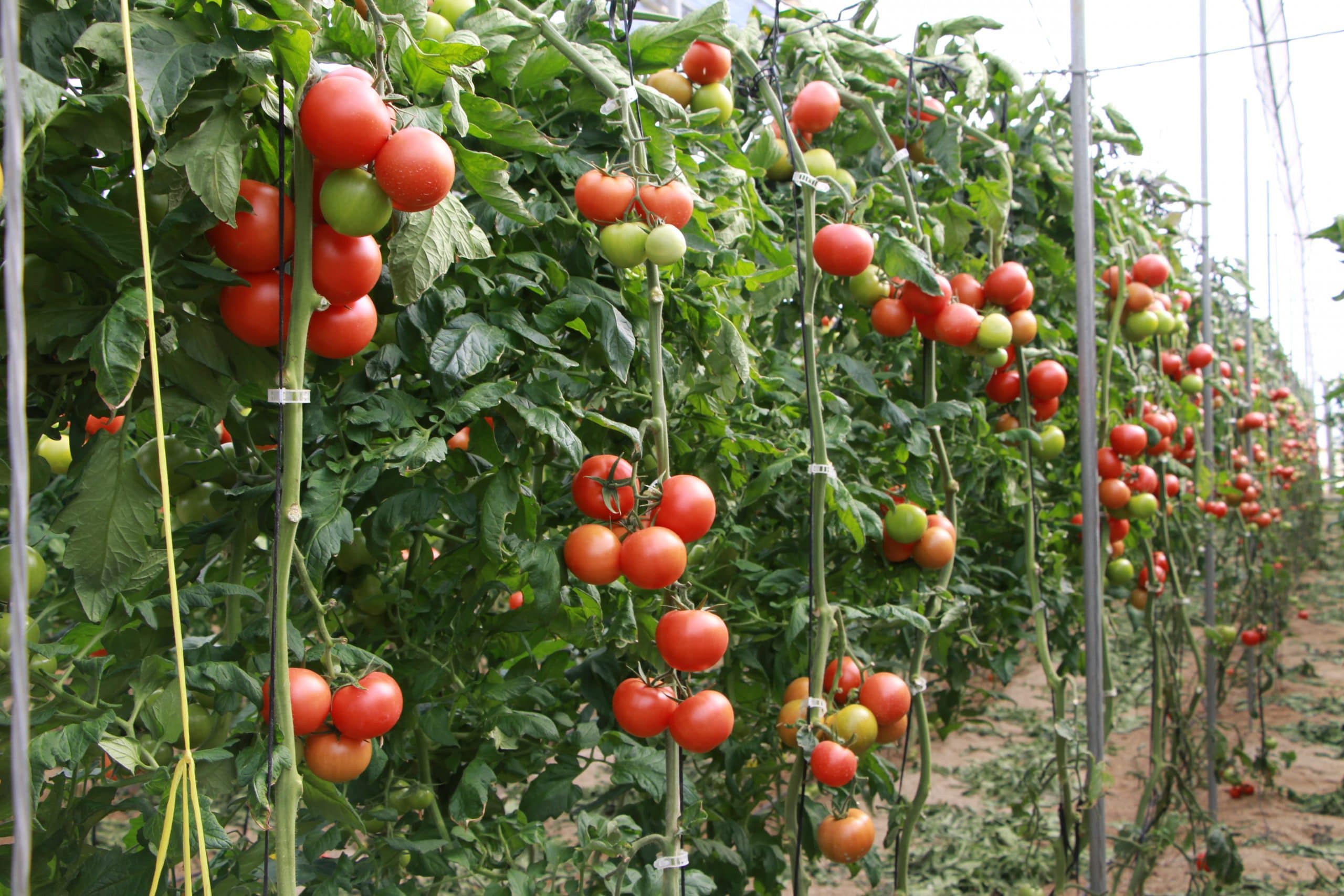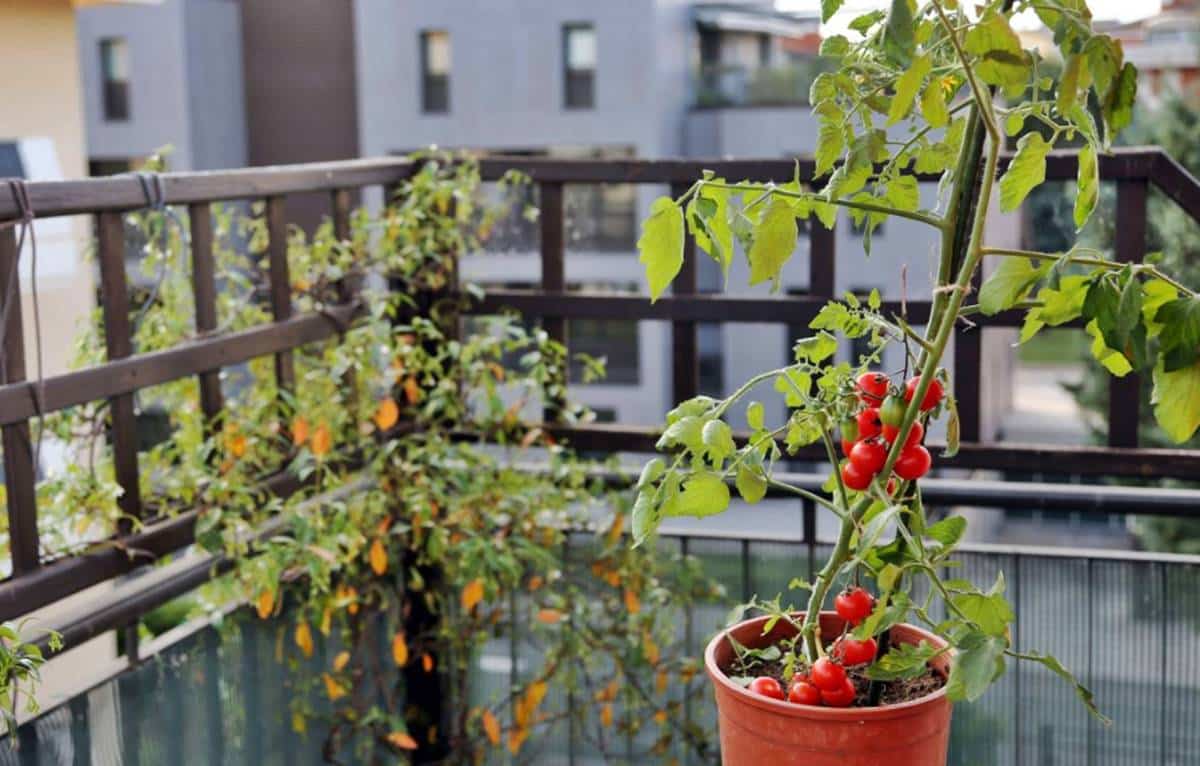
Tomatoes are one of the most popular crops among farmers due to their versatility and flavor. Nevertheless, To obtain a high-quality harvest, it is essential to use proper tomato trellis systems. It is a technique that allows supporting plants through the use of a tutor or support. There are several tomato staking systems available, each with their own advantages and disadvantages.
In this article we will talk about the different tomato staking systems, their characteristics and how to choose the best one for our crop. Furthermore, we will explain exactly what this concept is and why it is so important to use this technique.
What is staking tomatoes?

Before naming different trellising systems tomatoes, first we are going to explain what this concept is and why it is so important. It is a technique used in agriculture to support tomato plants through the use of a tutor or support. Tomatoes are climbing plants and need support to grow properly.
The trellis helps support the weight of ripe tomatoes and to keep plants in a proper position to receive sunlight. You can also help reduce the number of pests and diseases by keeping plants away from wet, dirty soil. There are several methods of staking, such as the use of stakes, support mesh, or vines, which we will discuss later.
If stakes are not used on tomato plants, the branches can grow disorderly and fall to the ground due to the weight of the ripe fruit. This can cause a number of problems, such as the contact of tomatoes with the ground. This could cause them to suffer damage and increases the risk of contracting pests and enfermedades. Also, access to sunlight may be limited, which would delay fruit development and reduce the quality of the tomatoes. Another consequence of disorderly growth is that it can make it difficult to access the plants for maintenance and harvesting. In addition, the vegetables will take up more space on the ground, which would make us waste land space.
In summary, the trellis helps to keep the tomato plants in a suitable position to receive sunlight, reduce the risk of diseases and pests, and facilitate access to plants for maintenance and harvesting tasks.
What tomato staking systems exist?

As we mentioned earlier, There are various systems for staking tomatoes that can be used in agriculture. Some of the most popular are the following:
- Stakes: This method involves placing wooden or metal stakes next to the tomato plants and tying the vegetable branches to the stakes as they grow. The stake method is inexpensive but requires more manual intervention to tie the branches.
- Support mesh: In this technique, a support mesh is placed around the tomato plants and the branches are fixed to the mesh with clips or rubber bands. This method is more automated than staking, but can be more expensive.
- Vines: This method involves placing tomato plants on a string or vine that spans between two points. This system is very efficient and automated, but it requires more space for its implementation.
- Tutors type T: It is a T-shaped trellis system that is placed on the ground. It is very easy to install and can be adapted to different plant sizes.
- Trellis stakes: It is a trellis-shaped trellising system that is placed on the ground. Like the previous one, it is very easy to install and can be adapted to different sizes of vegetables.
- Staking with toothpicks: It consists of placing bamboo or wooden sticks next to the tomato plants and tying the branches of the plants to the sticks as they grow. This method is cheap and easy to implement, but requires more manual intervention to tie the branches.
- Structed with cables: Cables are placed between two points and the plants wrap around them. This method is automated but requires an investment in installation and materials.
- Trellis with irrigation systems: Some irrigation systems also have the possibility of staking and help keep the plants in an upright position.

Any of these systems can be effective, depending on the size of the crop, the space available, and the preferences of the farmer.
Which ones are the best?
When choosing one of the tomato staking systems, it is important to note that there is none that is universally considered better than the others. This is because each one has its own advantages and disadvantages. However, some systems may be more suitable for certain situations or preferences. Some farmers may prefer a more automated and less labor intensive system, while others may prefer a cheaper system.
For example, the creeper system is considered by many to be the most automated and efficient, since the plants are kept in a suitable position without requiring manual intervention, and access to the plants for maintenance and harvesting is very simple. Therefore it would be a good option for very large crops, where manual work would require too much time.

Another example would be the T-type or trellis tutor systems. These are considered very easy to install and adapt to different plant sizes, as well as being economical. For small private gardens, These are the most recommended tomato staking systems, apart from the stake one. These systems are cheap and easy to install, and do not require a large space to implement. In addition, they are easy to maintain and adapt to different sizes of plants. With these systems, good results can be obtained in confined spaces.
In short, the best trellis system will depend on the needs and preferences of each farmer, and It must be chosen taking into account the size of the crop, the available space, and the climatic and soil conditions.
And you, which system do you like the most?